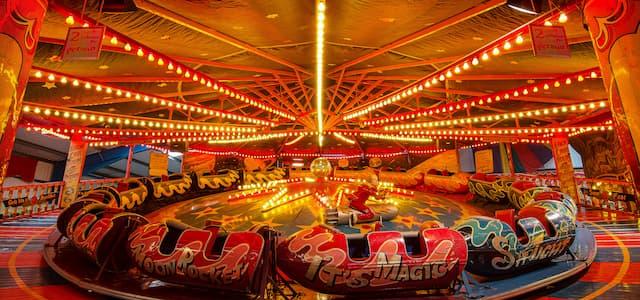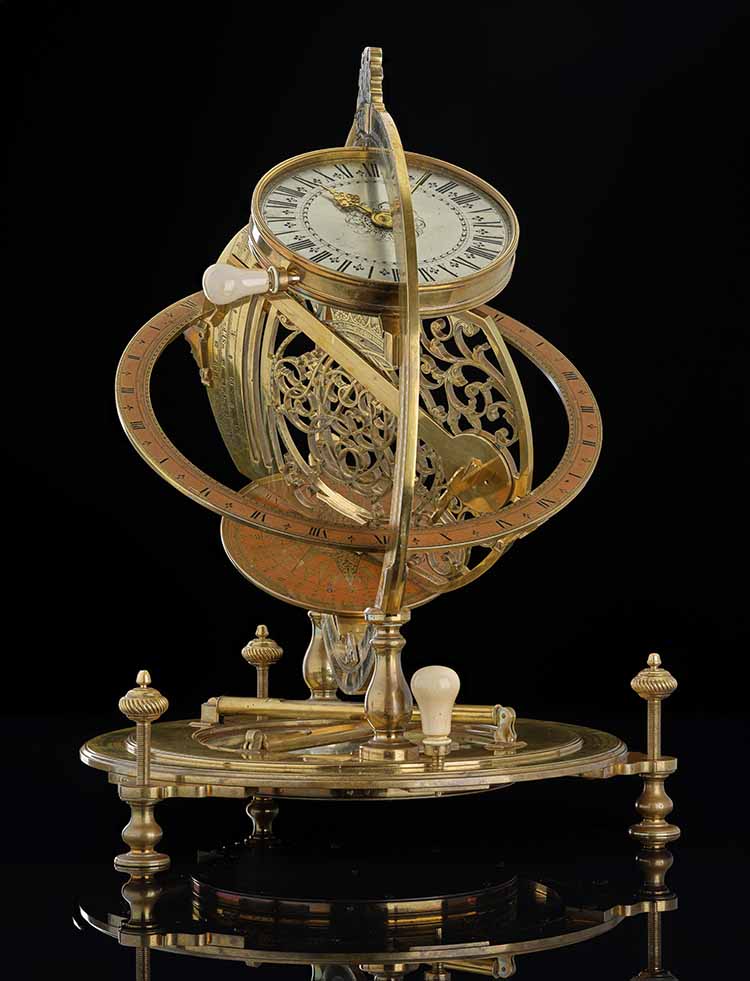
The Ilay-Glynne dial joins The National Museum of Scotland’s collection
The ornate sundial with connections to major figures of the Scottish Enlightenment has been preserved for the public.

National Museums Scotland has acquired the elaborate 18th-century timepiece thanks to a £135,000 grant from the National Heritage Memorial Fund alongside support from Art Fund.
Art and science
This masterpiece of both art and science has undergone extensive cleaning and conservation work. The sundial can now inspire visitors to the Spirit of the Age gallery in the National Museum of Scotland in Edinburgh, where it is on permanent display.
Dr Simon Thurley, Chair of the National Heritage Memorial Fund, said: “The Ilay-Glynne dial is a magnificent example of scientific endeavour, and we are delighted to have supported National Museums Scotland to acquire it for a UK public collection.”
An instrumental role in the Scottish Enlightenment
The Ilay-Glynne dial’s original owner, Archibald Campbell, Earl of Ilay was a hugely influential figure in 18th-century Scotland. He had control over royal patronage, managed Scottish affairs and was the first governor of the Royal Bank of Scotland. He was an important promoter of the culture of the Scottish Enlightenment.
Its maker, Richard Glynne, was similarly well-connected. He was closely involved with a growing community of British instrument makers and produced instruments of outstanding quality. This dial is the most important surviving example of his work.
Saving the UK’s heritage
The National Heritage Memorial Fund (NHMF) was set up to save some of the UK’s most outstanding at-risk heritage. Find out more about NHMF.

